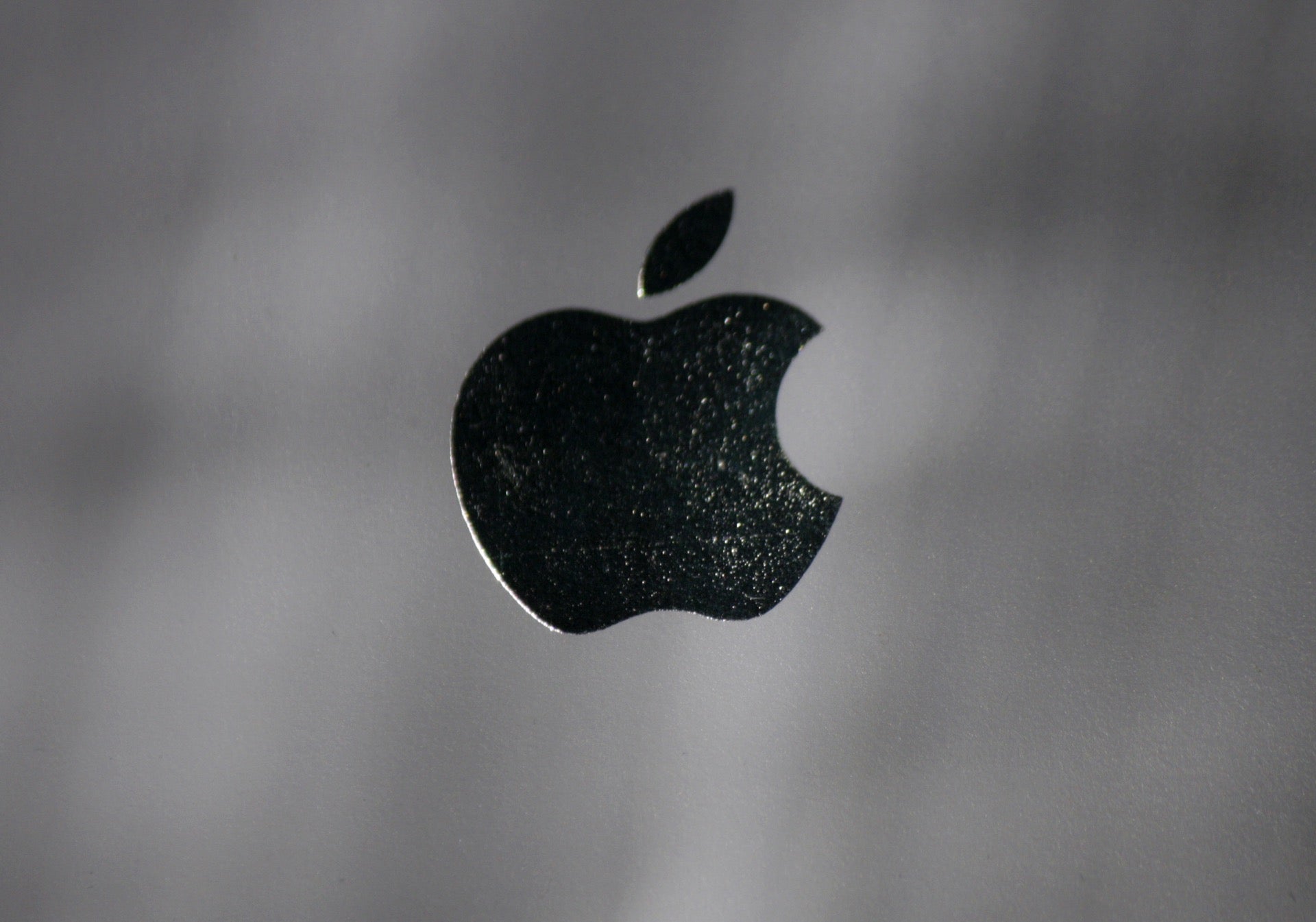Apple is moving some production out of China to overcome operational, geopolitical, and regulatory hurdles. However, China remains the central production hub for its devices.
Apple employs an extensive list of outsourcing partners to supply and manufacture components used in iPhones, iPads, Macs, and wearable devices. In 2020, the vast majority (98%) of Apple’s direct spending on materials, manufacturing, and assembly went to 200 suppliers. The manufacturing facilities of 85% of these suppliers were in Asia.
Out of the 30 countries where Apple devices were manufactured in 2020, six accounted for over 80% of annual production. China contributed 42%, followed by Japan (16%), the US (9%), Taiwan (6%), South Korea (5%), and Vietnam (4%). China’s leading position in Apple’s supply chain is attributable to several factors, including:
- the country’s massive industrial infrastructure,
- the availability of a large, affordable, and skilled labour force;
- the low cost of production compared to most other countries; and
- the ability of Chinese manufacturers to automate production lines.
According to Nikkei Asia, Apple increased its number of Chinese suppliers to 51 in 2020, up from 42 in 2018. Chinese suppliers typically offer high cost-efficiency and low turn-around time for production and increasingly focus on innovation.
China is a lucrative market for Apple
Greater China (which includes mainland China, Hong Kong, and Taiwan) is the third-largest market for Apple by revenue, behind the Americas and Europe. In the three months to the end of March 2021, Apple reported 87% year-on-year revenue growth in the region, significantly higher than in the Americas (35% growth) and Europe (56%).
China’s affluent consumer base is a critical driver for Apple’s revenue and brand growth. According to McKinsey, over 75% of China’s urban population will be considered middle class by 2022, and Chinese consumers will account for about 40% of global spending on luxury goods by 2025. Thus, China will be a vital market for Apple in the future.

US Tariffs are shifting - will you react or anticipate?
Don’t let policy changes catch you off guard. Stay proactive with real-time data and expert analysis.
By GlobalDataChinese suppliers are expanding the Apple’s supply chain
The ongoing US-China trade war and rising labour costs in China have prompted Apple to move some production from China to Vietnam, Malaysia, and India. However, a large-scale shift is unlikely in the future as most countries do not offer China-like infrastructure, skilled labour, and governmental support. In addition, many components for Apple devices such as circuit boards, display panels, chargers, cables, and batteries are manufactured in China. Importing them to other countries before assembling the final devices would incur tariff expenses and labour training costs for Apple.
In 2019, Apple reportedly asked its suppliers to evaluate the cost of moving 15% to 30% of their production capacity from China to Southeast Asia. At the time of writing, several of Apple’s Chinese suppliers have production and assembly facilities in neighbouring countries. For instance, seven of nine Apple suppliers in India and 10 out of 23 in Vietnam are headquartered in China and Taiwan. This diversifies Apple’s supply chain while still keeping China at its center.
Apple will still explore revenue and other opportunities beyond China
Apple was expected to be heavily impacted by the COVID-19 lockdowns in China in early 2020. However, China’s quick recovery enabled the company to maintain shipments and launch new products amidst the pandemic. Apple’s supply chain has proved its resilience during uncertain times, but over-reliance on one country could prove to be a disaster in the future.
Apple must use other countries as complementary production hubs, explore ways to reduce production costs further, and mitigate tariff impositions on imported, explicitly China-made products. Domestic production will help alleviate a fair share of import tariffs, which will reduce the retail prices for Apple devices, making them more appealing to customers.









